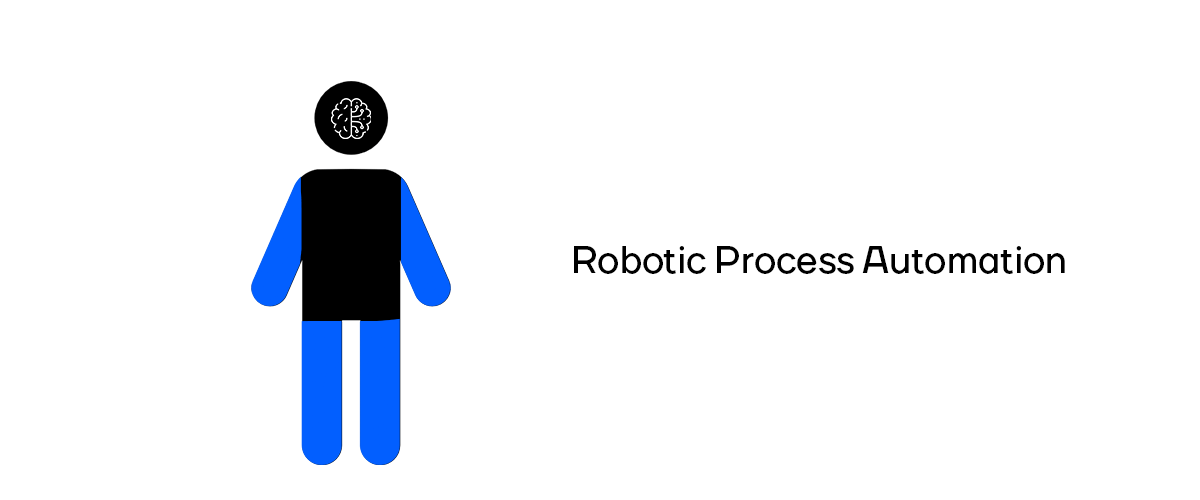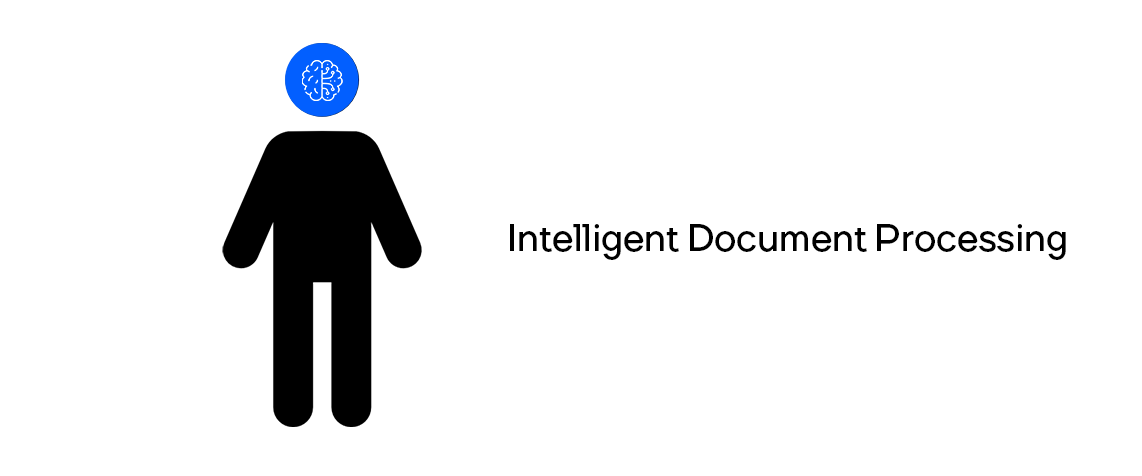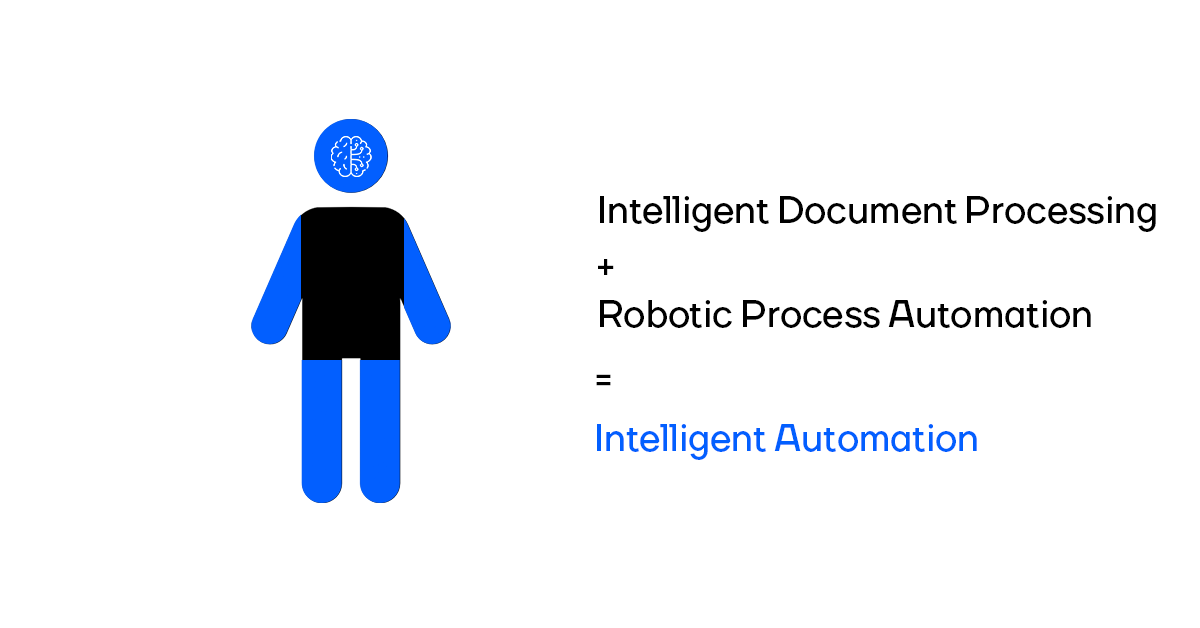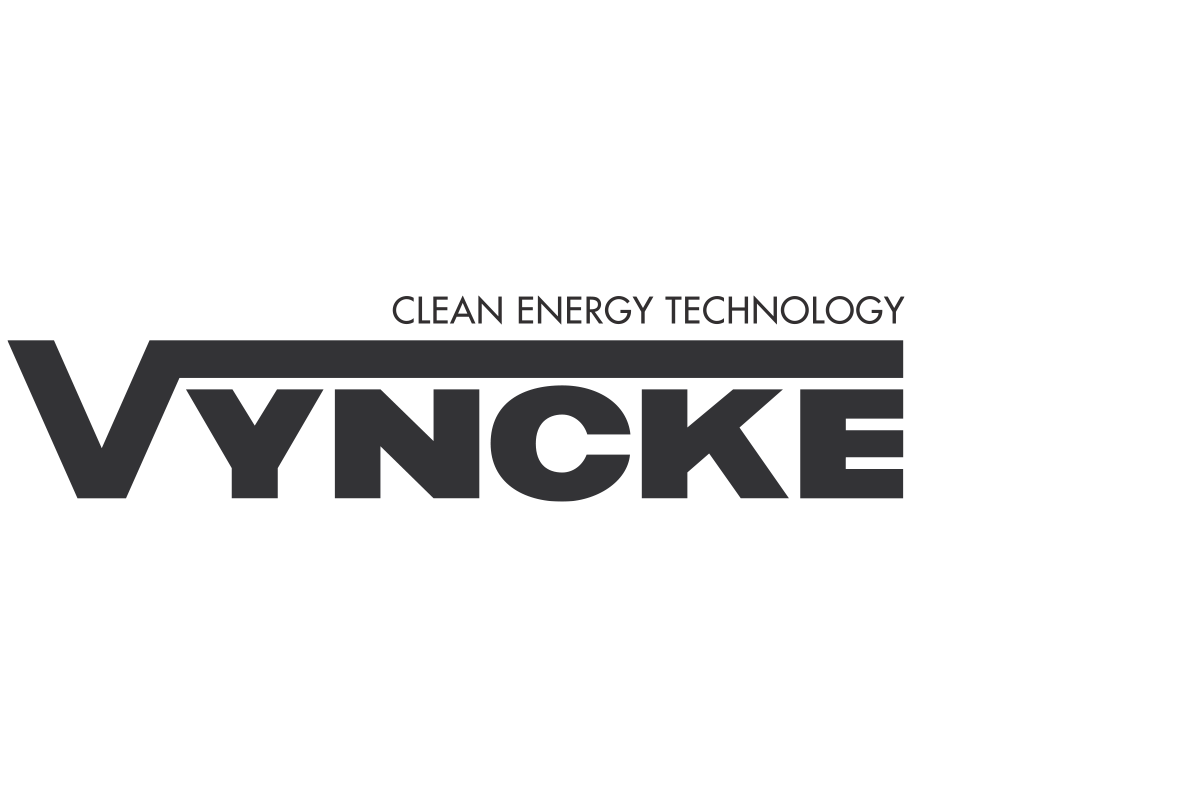RPA vs IDP: what's the difference and how can they work together?
- By Jo Cijnsmans
- | August 3, 2022
When navigating the tech landscape to look for automation possibilities, you’ve probably come across a multitude of acronyms and different technologies. It’s easy to become overwhelmed and to support you in this journey, we decided to write this blog post.
In this blog post, we would like to introduce you to RPA and IDP, how they differ from each other, but most importantly: how they can enhance each other’s strengths and help you with end-to-end automation of business processes.
Manual processes are highly inefficient, error-prone, and expensive. Solving this problem might seem like a logical thing to do, but we want to highlight that choosing the right technology (or technologies) is important.
What is RPA?
RPA or Robotic Process Automation exists of scripts that automate routine, predictable tasks. RPA bots can learn, mimic and then execute rule-based business processes. By showing the RPA robots what to do, you can let them do the work for you. Of course, they are not physical robots but software robots.
At Metamaze, we love to refer to RPA as the metaphor for the hands and feet of a human that is performing the actions that are needed.

Examples of what RPA can do: copy/paste information, log into web applications, scrape data, connect to a system API, extract data from structured documents, follow “if this, then that” rules, …
You can imagine how valuable it is to implement solutions like RPA to automate (parts of) your business processes. Now, the most important thing to understand in RPA vs. IDP is that RPA has zero intelligence built into it. It can read data, but not understand or interpret unstructured data and therefore it’s only able to accomplish what you’ve programmed it to do.
RPA is perfect for well-defined tasks like rekeying already-digital data. When you look at RPA to automate documents, you’ll be fine when it comes to documents with fixed layouts. The robot can be trained to read the layout. But when it comes to complex documents where layouts can change, RPA alone will possibly not be the best solutions. It would take too much resources to keep on updating all the templates. To do so, you’ll need to combine it with an intelligent solution like IDP.
What is IDP?
IDP or Intelligent Document Processing is a tech solution that helps organizations to classify and interpret data on documents. It’s intelligent because it uses artificial intelligence (AI) to do so. AI trains machines to mimic human intelligence so they can complete repetitive or complex tasks for us or predict outcomes. IDP uses different AI-technologies to automatically process documents. Machine learning (ML) is the process of using patterns in data to ‘teach’ the machine, so its performance and prediction become more effective and accurate over time. Natural language processing (NLP) is the branch of AI focused on leveraging ML techniques so the machine can understand and interpret human language. So, in the case of Intelligent Document Processing, machine learning and natural language processing are used to train a computer to simulate a human subject matter expert’s review of a set of documents.
The result?
A computer capable of understanding the contents of documents, including the contextual nuances of the language within them. The technology can then accurately extract information and insights contained in the documents as well as categorize and organize the documents themselves.
Because of its intelligence, organizations are able to automate the classification and data extraction from every possible document and email type, without the need for recurring or fixed lay-outs.
Like RPA, we also like to use a metaphor to illustrate IPD. We use the metaphor of the brain to illustrate the difference between RPA and IDP.

As you might already realize right now, both technologies work to achieve a common goal: decreasing manual data processing.
The highest challenge organizations with a lot of documents face is getting data from documents into their systems. So combining RPA with an intelligent solution like IDP is a highly effective strategy to ensure success. RPA needs intelligence, and AI needs automation to scale.
RPA needs intelligence, and AI needs automation to scale.

End-to-end automation by combining RPA with IDP
Combining RPA with artificial intelligence (AI) is often referred to as Intelligent Automation (IA). By combining both technologies, automation of any complex business task is possible. By adding AI technologies (like IDP) to RPA, the business scope and ROI can be further increased.
Benefits of combining RPA with IDP
Reduce operational obstacles
Combining IDP with RPA helps you to integrate legacy systems and overcome other functional barriers.
Automate any business process, end-to-end
Augmenting RPA with IDP expands the possibilities of business process automation to include nearly any scenario.
Reduce operational costs
AI-driven IDP + RPA improves straight-through processing (STP) by continuously learning from human feedback
Other benefits of automation
Enhance customer experience
Improve customer satisfaction by delivering faster response times, greater accuracy, and more consistent results.
Liberate employees
With Intelligent Automation in place, your employees can focus on objectives that use their unique human skills. This results in higher employee satisfaction and using your workforce strengths.
Use cases of IDP combined with RPA
Discover these use cases where we partnered together with an RPA solution provider to ensure end-to-end process automation.
Let's talk about your business case
I am Jo Cijnsmans, strategic partnership manager and account executive at Metamaze. I’ve worked with a lot of organizations in finance, insurance, logistics, … to help them automate complex document workflows. In my role as partnership manager, I have strong relationships with RPA providers. Let’s discuss your business case in a short introduction call.



